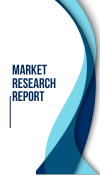
A Prominent Research Firm, Cognizance Market Research added a cutting-edge industry report on the “Global Glioma Treatment Market”. The report studies the current as well as past growth trends and opportunities for the market to gain valuable insights during the forecast period from 2023 to 2030.
Global Glioma Treatment Market Analysis
According to Cognizance Market Research, The global glioma treatment market was valued at US$ 4,567.8 Million in 2022 and is anticipated to reach US$ 7,008.7 Million by the end of 2030 with a CAGR of 5.5% from 2023 to 2030.
What Is Glioma?
A glioma is a tumour of the central nervous system that arises from glial stem or progenitor cells. A common form of cell found throughout the nervous system is glial cells. Rarely do gliomas affect the spinal cord, but they typically develop in the brain. Glioma classification is complicated and based on both the gene changes (mutations) thought to be involved in tumour growth as well as the tumour’s microscopic appearance (histologic classification). The term “differentiation” alludes to the cell’s “specialization,” and it is crucial for the histologic classification of gliomas. There are four distinct differentiation grades for gliomas. While grade 4 tumours are the least differentiated and most dangerous, grade 1 gliomas exhibit the highest degree of differentiation and are the least dangerous. Several grade 3 gliomas are named after anaplasia, which is the loss of segmentation. While grade 3 and grade 4 gliomas are known as dangerous gliomas, grade 1 and grade 2 gliomas are frequently referred to as low-grade gliomas. The genetic changes that took place in the impacted cells may allow for further categorization. Glial stem or progenitor cells accumulate genetic mutations over time, which causes their unchecked development and results in gliomas. Mutated genes frequently play a role in processes like DNA repair, tumour suppression, and cell development control.
Radiation therapy, chemotherapy, and neurosurgery procedures are frequently combined to treat gliomas. In addition to chemotherapy, medication prescribed to individuals with gliomas might include anti-epileptic medication (if the patient has seizures), anti-coagulation medication (if blood clots develop), and corticosteroids, to alleviate neurological symptoms caused by the accumulation of fluid around the tumour (peritumoral edema).
Global Glioma Treatment Market Outlook
In the glioma treatment report, the market outlook segment mainly includes important dynamics of the market, including drivers, restraints, opportunities and challenges tackled by the industry. Opportunities and challenges are extrinsic factors whereas, drivers and restraints are intrinsic factors of the market.
High-grade gliomas, one of the most frequently identified primary brain tumour types worldwide, have increased in frequency and prevalence over the past few years. According to the national library of Medicine, this form of glioma affects roughly 4.1 women and 5.8 men per 100,000 people each year. This element is anticipated to contribute to the market for glioma treatments expanding quickly during the anticipated time frame.
The rise in sales in the global glioma treatment market is being driven by an increase in operations done around the world as well as significant technical developments in radiation therapy for gliomas, chemotherapy, targeted therapies, and molecular therapies. The market for glioma treatment is expected to see lucrative possibilities as a result of improper brain surgeries, an increase in radiation therapy usage, and the use of numerous treatments.
Segment Analysis:
The global glioma treatment market has been segmented into drug type, treatment and geography.
Based on drug type, the global glioma treatment market has been segmented into high-grade and low-grade. The high-grade segment is further classified into grade 1 and grade 2 while the low-grade segment is further bifurcated into grade 3 and grade 4. High-grade gliomas are expected to be a highly lucrative sector shortly due to the availability of more options for diagnosis and treatment of glioma tumours of this grade. High-grade gliomas are extremely severe tumours and primarily occur in children and adults. The market is anticipated to be influenced by several variables, including frequent radiation treatments, incorrect brain surgeries, and multiple therapies.
Based on treatment, the global glioma treatment market has been segmented into surgery, radiation therapy, chemotherapy, targeted drug therapy and others. The surgery segment is the most dominant in the glioma treatment market. surgery to remove as many tumours as possible is usually the first step in treating most gliomas. In some cases, gliomas are small and can be easily removed from the surrounding healthy brain tissue, allowing for complete surgical removal. moreover, the presence of reimbursement policies that encourage healthcare providers to maintain quality infrastructure is expected to boost the surgery segment.
Geographical Analysis:
Based on geography, the global glioma treatment market has been segmented into five main regions: North America, Asia Pacific, Europe, Latin America, and Middle East & Africa.
The market is dominated by the Americas due to the presence of major companies there as well as growing brain tumour incidences, public knowledge levels, and healthcare costs. The third most frequent form of cancer in people in North America is a brain tumour. Over 44,500 Americans were given a main brain tumour diagnosis in 2014, according to the North American brain tumour coalition. Thus, the development of malignant glioma therapy in North America is supported by the rising rates of primary brain tumours.
Due to the rising incidence of brain tumours in Asia Pacific nations like China and others, the region is thought to be the most profitable market for gliomas. The growing healthcare infrastructure and the availability of new market possibilities in Asia are driving the market’s expansion. Due to the growing number of producers and the growing market penetration, this area is regarded as an emerging industry.
The report offers the revenue of the glioma treatment market for the period 2020-2030, considering 2020 & 2021 as a historical years, 2022 as the base year and 2023 to 2030 as the forecast year. The report also provides the compound annual growth rate (CAGR) for the glioma treatment market for the forecast period. The global glioma treatment market report provides insights and in-depth analysis into developments impacting enterprises and businesses on a regional and global level. The report covers the glioma market performance in terms of revenue contribution from several segments and comprises a detailed analysis of key drivers, trends, restraints, and opportunities prompting revenue growth of the glioma treatment market.
The report has been prepared after wide-ranging secondary and primary research. Secondary research included internet sources, numerical data from government organizations, trade associations, and websites. Analysts have also employed an amalgamation of bottom-up and top-down approaches to study numerous phenomena in the glioma treatment market. Secondary research involved a detailed analysis of significant players’ product portfolios. Literature reviews, press releases, annual reports, white papers, and relevant documents have been also studied to understand the glioma market. Primary research involved a great extent of research efforts, wherein experts carried out interviews telephonic as well as questioner-based with industry experts and opinion-makers.
The report includes an executive summary, along with a growth pattern of different segments included in the study’s scope. The y-o-y analysis with elaborate market insights has been provided in the report to comprehend the y-o-y trends in the global glioma treatment market. Additionally, the report focuses on altering competitive dynamics in the global market. These indices serve as valued tools for present market players as well as for companies interested in participating in the glioma treatment market. The subsequent section of the glioma treatment report highlights the USPs, which include key industry events (type launch, research partnership, acquisition, etc.), technology advancements, pipeline analysis, prevalence data, and regulatory scenarios.
Glioma Treatment Market Competitive Landscape
This report includes vital information about the key players operating in the global glioma treatment market. Some of the major competitors operating in the glioma treatment market include:
Leading biopharmaceutical firm Novartis revealed in June 2022 that Tafinlar’ and Mekinist, the first systematic treatment compared to chemotherapy, substantially increased the effectiveness in children aged 1 to 17 years with Braf v600 paediatric low-grade glioma.
The report explores the competitive scenario of the glioma treatment market. Major players operating in the glioma treatment market have been identified and profiled for unique commercial attributes. Company overview (company description, type portfolio, geographic presence, employee strength, key management, etc.), financials, SWOT analysis, recent developments, and key strategies are some of the features of companies profiled in the glioma treatment market report.
Segmentation:
Glioma Treatment Market, by Type
Glioma Treatment Market, by Treatment
Glioma Treatment Market, by Region
Research Methodology: Aspects
Market research is a crucial tool for organizations aiming to navigate the dynamic landscape of customer preferences, business trends, and competitive landscapes. At Cognizance Market Research, acknowledging the importance of robust research methodologies is vital to delivering actionable insights to our clientele. The significance of such methodologies lies in their capability to offer clarity in complexity, guiding strategic management with realistic evidence rather than speculation. Our clientele seek insights that excel superficial observations, reaching deep into the details of consumer behaviours, market dynamics, and evolving opportunities. These insights serve as the basis upon which businesses craft tailored approaches, optimize product offerings, and gain a competitive edge in an ever-growing marketplace.
The frequency of information updates is a cornerstone of our commitment to providing timely, relevant, and accurate insights. Cognizance Market Research adheres to a rigorous schedule of data collection, analysis, and distribution to ensure that our reports reflect the most current market realities. This proactive approach enables our clients to stay ahead of the curve, capitalize on emerging trends, and mitigate risks associated with outdated information.
Our research process is characterized by meticulous attention to detail and methodological rigor. It begins with a comprehensive understanding of client objectives, industry dynamics, and research scope. Leveraging a combination of primary and secondary research methodologies, we gather data from diverse sources including surveys, interviews, industry reports, and proprietary databases. Rigorous data analysis techniques are then employed to derive meaningful insights, identify patterns, and uncover actionable recommendations. Throughout the process, we remain vigilant in upholding the highest standards of data integrity, ensuring that our findings are robust, reliable, and actionable.
Key phases involved in in our research process are mentioned below:

Understanding Clients’ Objectives:
Extensive Discussions and Consultations:
Industry and Market Segment Analysis:
Target Audience Understanding:
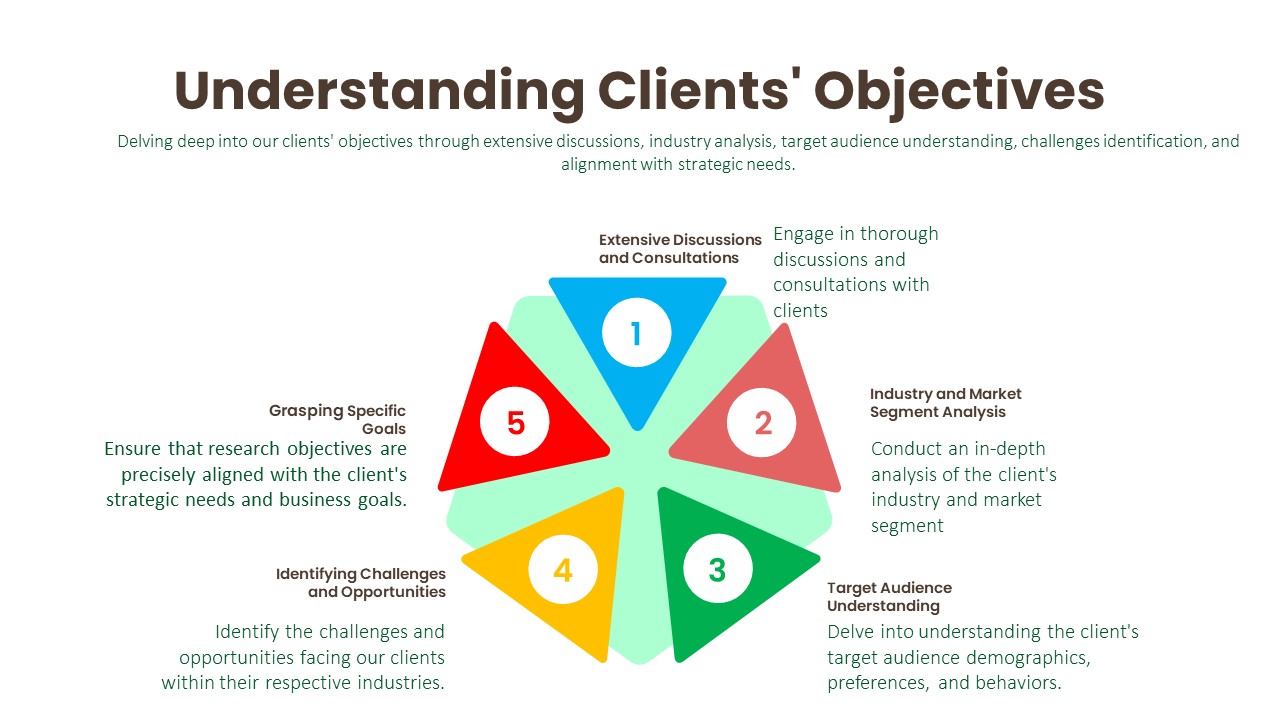
Identifying Challenges and Opportunities:
Grasping Specific Goals:
Data Collection:
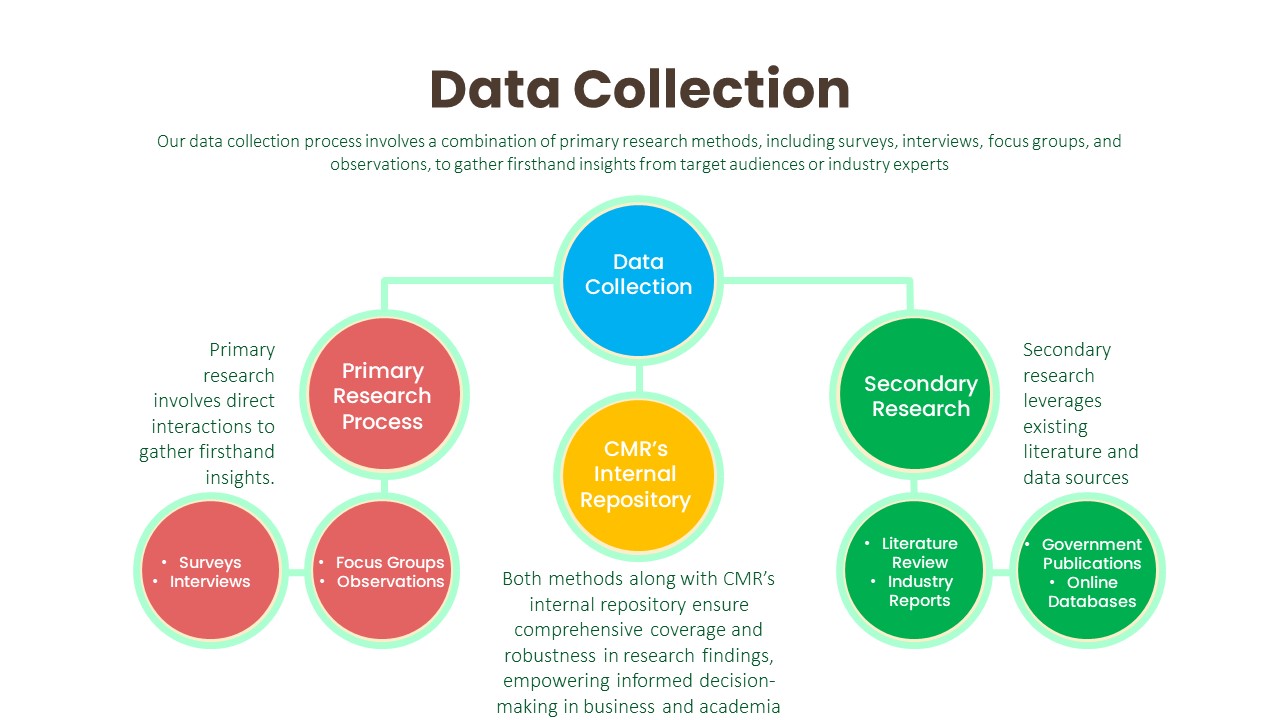
Primary Research Process:
Secondary Research Process:
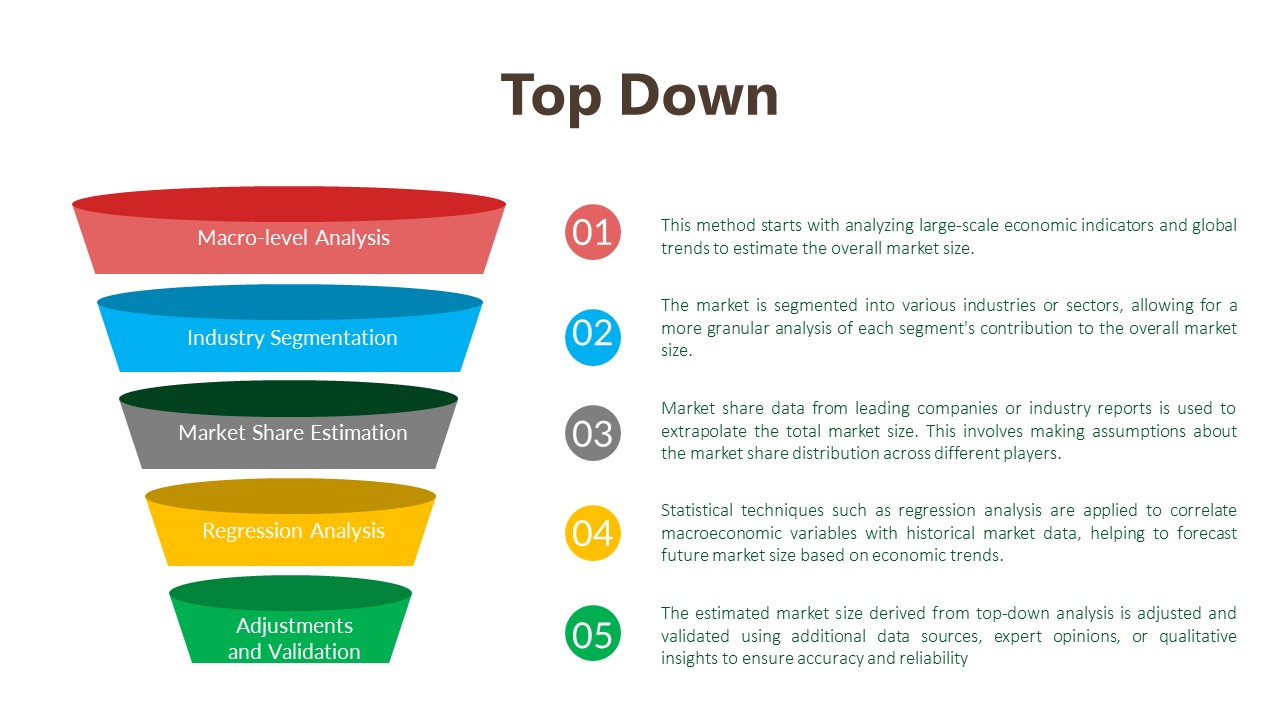
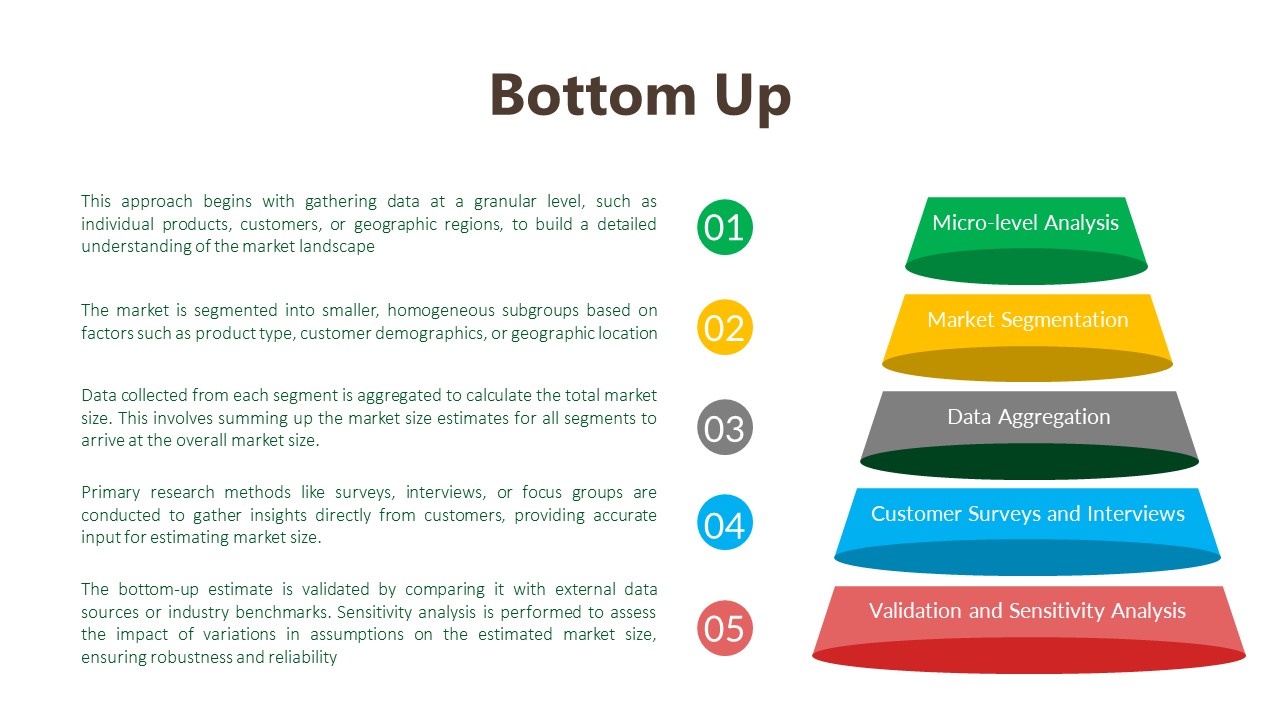
Data Analysis:
The data analysis phase serves as a critical juncture where raw data is transformed into actionable insights that inform strategic decision-making. Through the utilization of analytical methods such as statistical analysis and qualitative techniques like thematic coding, we uncover patterns, correlations, and trends within the data. By ensuring the integrity and validity of our findings, we strive to provide clients with accurate and reliable insights that accurately reflect the realities of the market landscape.

Transformation of Raw Data:
Utilization of Analytical Methods:
Statistical Analysis:
Qualitative Analysis Techniques:
Integrity and Validity Maintenance:
Data Validation:
The final phase of our research methodology is data validation, which is essential for ensuring the reliability and credibility of our findings. Validation involves scrutinizing the collected data to identify any inconsistencies, errors, or biases that may have crept in during the research process. We employ various validation techniques, including cross-referencing data from multiple sources, conducting validity checks on survey instruments, and seeking feedback from independent experts or peer reviewers. Additionally, we leverage internal quality assurance protocols to verify the accuracy and integrity of our analysis. By subjecting our findings to rigorous validation procedures, we instill confidence in our clients that the insights they receive are robust, reliable, and trustworthy.
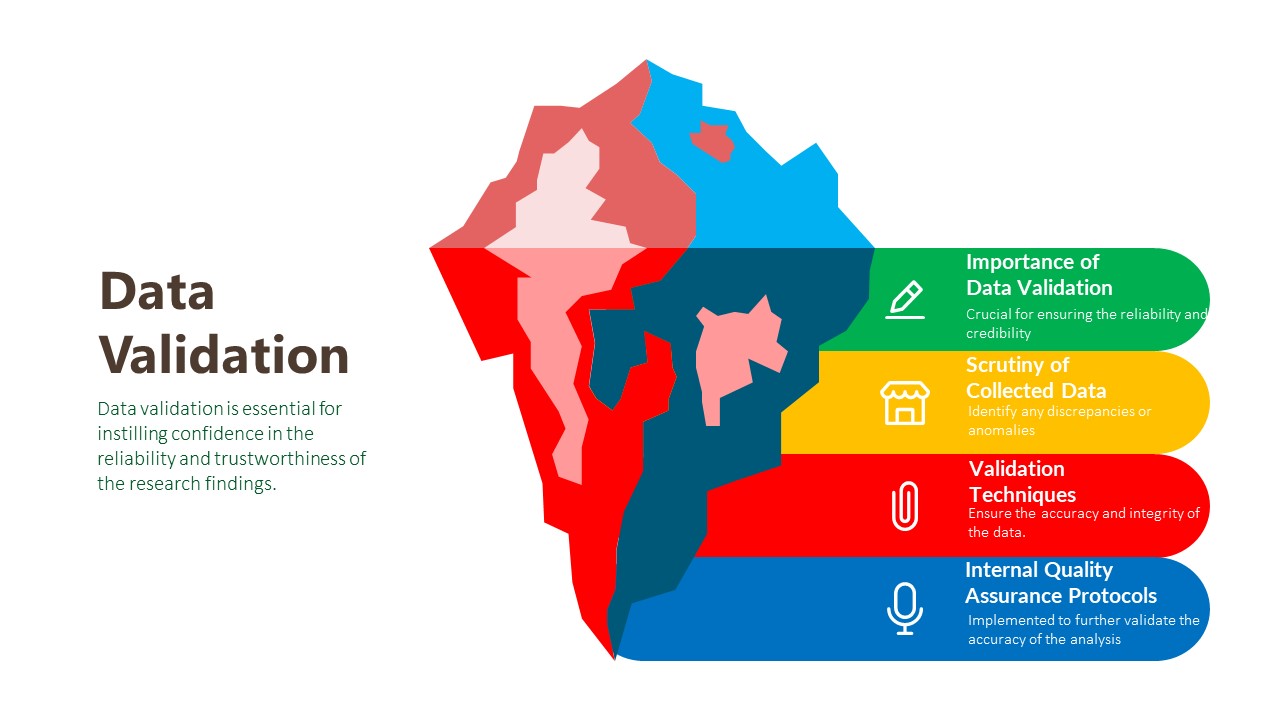
Importance of Data Validation:
Scrutiny of Collected Data:
Validation Techniques:
Internal Quality Assurance Protocols:
Report Scope:
Attribute
Description
Market Size
US$ 7,008.7 Million (2030)
Compound Annual Growth Rate (CAGR)
5.50%
Base Year
2022
Forecast Period
2023-2030
Forecast Units
Value (US$ Million)
Report Coverage
Revenue Forecast, Competitive Landscape, Growth Factors, and Trends
Geographies Covered
North America, Europe, Asia Pacific, Latin America, Middle East & Africa
Countries Covered
U.S., Canada, Germany, U.K., France, Spain, Italy, Rest of Europe, Japan, China, India, Australia & New Zealand, South Korea, Rest of Asia Pacific, Brazil, Mexico, Rest of Latin America, GCC, South Africa, Rest of Middle East & Africa
Key Companies Profiled
Thermo Fisher Scientific Inc., Emcure Pharmaceuticals Ltd., Sigma-Aldrich Co., Pfizer Inc., Taj Pharmaceuticals Limited, Novartis International AG, Teva Pharmaceutical Industries Ltd., GE Healthcare, Siemens Healthineers, Philips Healthcare, Shimadzu Corporation, Toshiba Medical Systems Corporation, Merck & Co., Inc., F. Hoffmann-Le Roche AG, Arbor Pharmaceuticals, LLC, Sun Pharmaceutical Industries, Ltd., Amneal Pharmaceuticals. LLC, AstraZeneca, Carestream Health, Hitachi Medical Corporation
The major players operating are Thermo Fisher Scientific Inc., Emcure Pharmaceuticals Ltd., Sigma-Aldrich Co., Pfizer Inc., Taj Pharmaceuticals Limited, Novartis International AG, Teva Pharmaceutical Industries Ltd., GE Healthcare, Siemens Healthineers, Philips Healthcare, Shimadzu Corporation, Toshiba Medical Systems Corporation, Merck & Co., Inc., F. Hoffmann-Le Roche AG, Arbor Pharmaceuticals, LLC, Sun Pharmaceutical Industries, Ltd., Amneal Pharmaceuticals. LLC, AstraZeneca, Carestream Health, Hitachi Medical Corporation, And Others.
The requirement for efficient therapy is an opportunity for the glioma treatment market.
North America holds a dominant position in the glioma treatment market.
The glioma treatment market is anticipated to exhibit a strong 8.7% CAGR over the forecast period.
The surgery segment is the leading segment based on treatment in the glioma treatment market.
We can customize every report – free of charge – including purchasing stand-alone sections or country-level reports
We help clients to procure the report or sections of the report at their budgeted price. Kindly click on the below to avail

Cognizance market research is continuously guiding customers around the globe towards strategies for transformational growth. Today, businesses have to innovate more than ever before, not just to survive, but to succeed in the future

© 2023 All rights Reserved. Cognizance Market Research